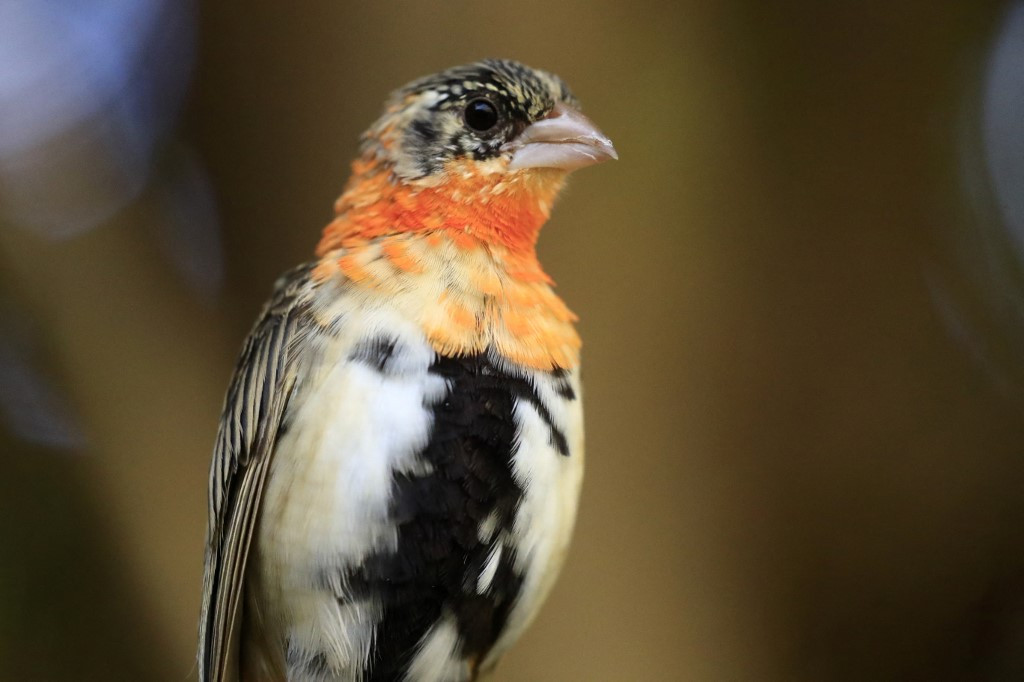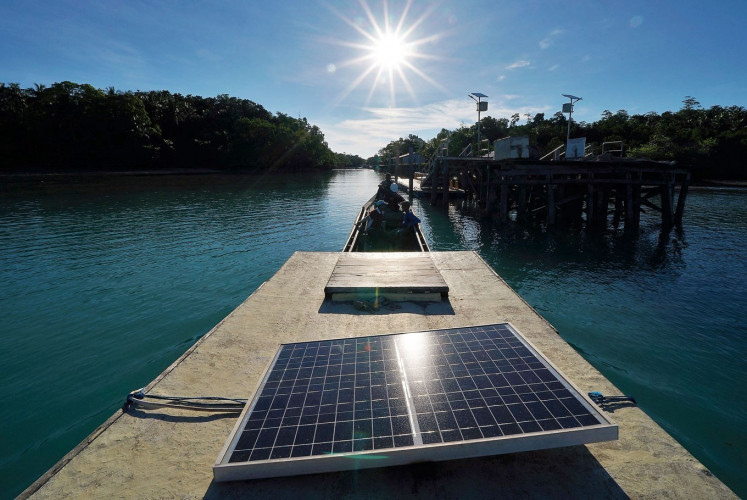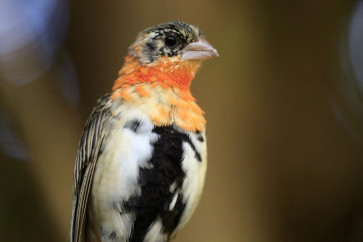Popular Reads
Top Results
Can't find what you're looking for?
View all search resultsPopular Reads
Top Results
Can't find what you're looking for?
View all search resultsBirds are more colorful closer to the equator, study proves
Change text size
Gift Premium Articles
to Anyone
W
hen European naturalists traveled to the tropics in the 1800s, they postulated that birds became more colorful closer to the equator — a theory that scientists confirmed on Monday using artificial intelligence technology.
Biologists Charles Darwin, Alexander von Humboldt and Alfred Russel Wallace were all stunned by the vivid colors of flora and fauna during their tropical expeditions, particularly compared with what they were used to back in northern Europe.
"The nearer we approach the tropics, the greater the increase in the variety of structure, grace of form, and mixture of colors, as also in perpetual youth and vigor of organic life," German naturalist Humboldt marveled in a translation from 1850.
Since then, scientists have suspected that the color patterns of animals varied according to their latitude.
Aiming to finally prove the hypothesis, biologists from the University of Sheffield in the United Kingdom studied more than 4,500 species of passerine birds — songbirds such as wrens, sparrows and blackbirds — throughout the world.
The scientists took three photographs of the plumage of the adult birds from the collection of the Natural History Museum in Tring in the UK.
Then using deep learning — an artificial intelligence technique — to extract data from the photograph's pixels, they identified the color at 1,500 different parts of the plumage of each bird.



















